[ad_1]
Pears are scrumptious fruits with a distinctive texture, however you must harvest them and retailer them correctly to realize the right stability. It’s not as straightforward as gathering berries off the vine when you possibly can merely see that they’re able to eat.
To make issues much more difficult, there are two main sorts of pears rising in the USA, in nearly the identical rising zones: European and Asian sorts. The tactic for gathering these fruits is completely totally different, even when the crops look the identical.
This distinction makes identification extraordinarily vital. Are you rising traditional ‘Barlett’ or the favored ‘Asian Nijisseiki?’ You’ll have to know earlier than taking any first steps. Fortunately, the method is fairly straightforward as soon as you realize what you’re searching for.
We’ll be sure you know all the things in regards to the main distinction between pears, find out how to take away them safely, and even find out how to retailer them for most shelf life, texture, and taste.
Seasonality of Pears
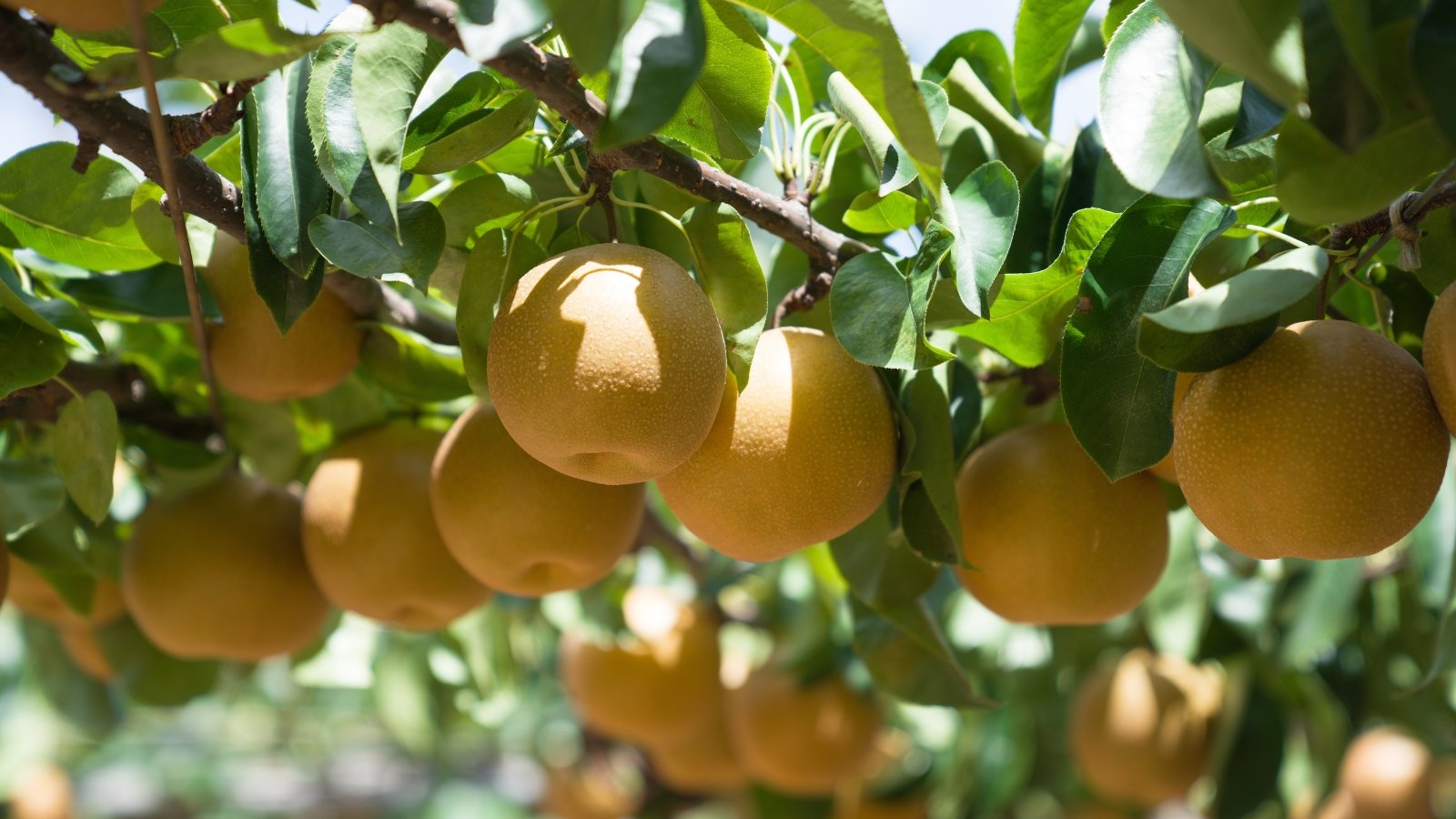

There are lots of of kinds of pears on the market, they usually could all be prepared at totally different occasions. Broadly talking, they’re normally harvested as early as July and into October. Some timber produce even later into winter. Your rising area could have an effect on this time interval, too.
In the event you don’t bear in mind when your tree was prepared final yr or if that is your first yr with a pear tree, analysis the range. This offers you a good suggestion of when to begin inspecting the fruit. They’re typically damaged into three classes: early season (summer season), mid-season (fall), and late season (winter).
Well-liked early season varieties embody ‘Summercrisp’ and ‘Southern Bartlett’. A few mid-season varieties are ‘Flemish Magnificence’ and ‘Pineapple’. Lastly, ‘Concorde’ and ‘Seckel’ are standard winter varieties.
If you realize which sort of tree you might be rising, you too can estimate when the fruit might be prepared based mostly on the quantity of days after full bloom. Make an observation in your calendar when the tree blooms, and then you definitely’ll have a tough thought of when it could be harvest time.
For instance, Bartlett pears are normally prepared in about 110 to 133 days after full bloom. Bosc takes just a little bit longer, someplace within the 130 to 145 day vary. Some Asian varieties are prepared about 120 days after full bloom, whereas others take nearer to 150 days.
Know Your Selection
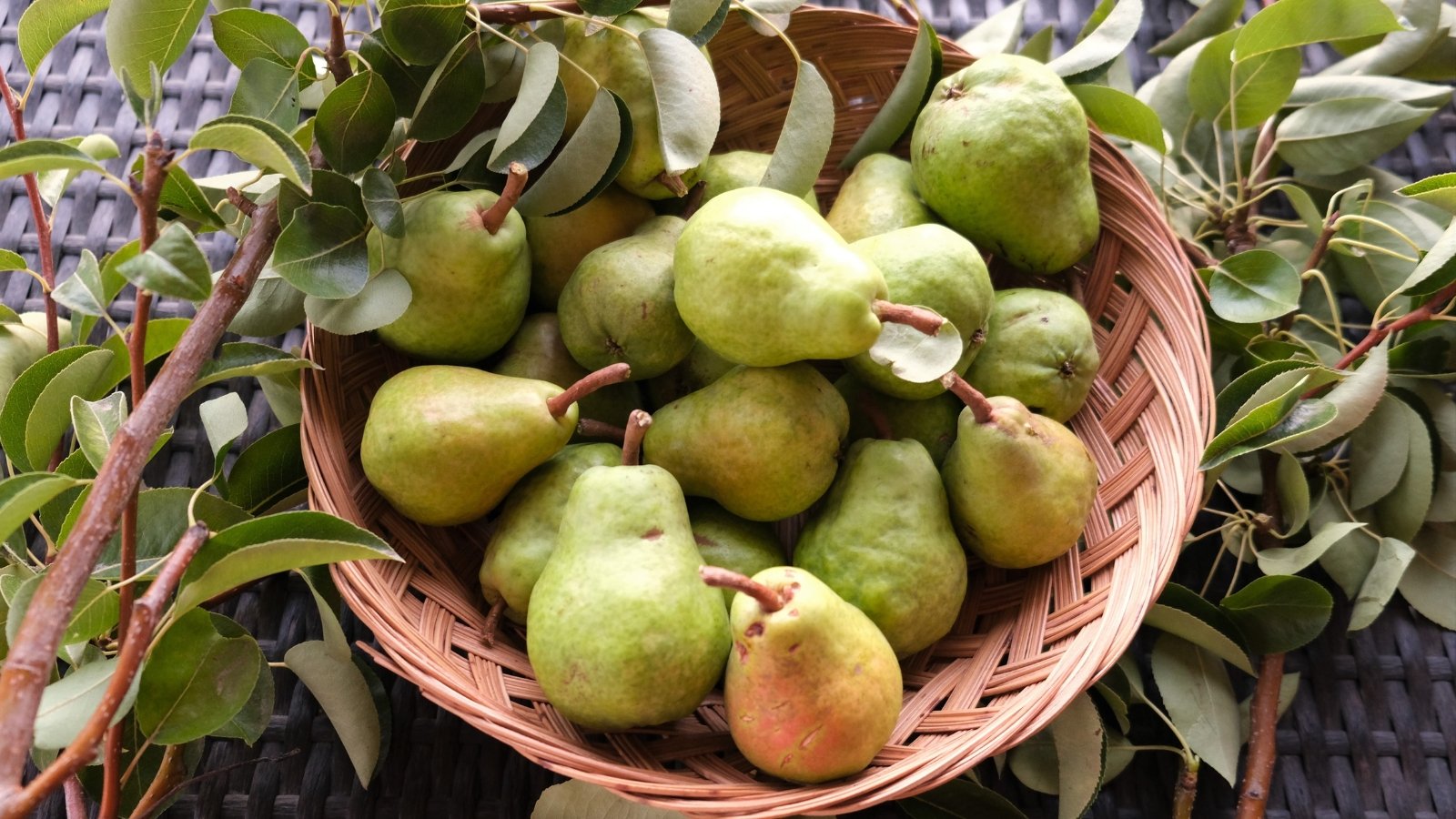

There are lots of standard kinds of pears, and figuring out a few of their vital variations is foundational information that you simply want relating to how and when to reap correctly. Although this isn’t at all times the case, commonest varieties fall into two classes: European (Pyrus communis) or Asian (Pyrus pyrifolia).
These two species are handled completely in a different way relating to harvest season. Broadly, European varieties are picked earlier than they’re ripe, and Asian varieties are left to ripen on the tree, then picked. Mistaking one for the opposite could be a vital mistake.
A number of examples of European varieties embody ‘Barlett,’ ‘Summercrisp,’ and ‘Moonglow.’ A number of examples of Asian varieties embody ‘Chojuro,’ ‘Nijisseiki,’ and ‘Shinseiki.’ Although they’re totally different species with totally different native origins, these timber have roughly the identical care.
Each species are hardy in a lot of the USA, roughly all through USDA hardiness zones 4 by means of 8, with P. pyrifolia actually solely laborious right down to zone 5. All of them favor full solar, well-draining soil, and are related in peak.
Earlier than going any additional, decide which sort of pears you might be rising. Regardless of their commonalities, their variations can considerably have an effect on the storage life of your fruit.
Harvest European Pears Earlier than Ripe
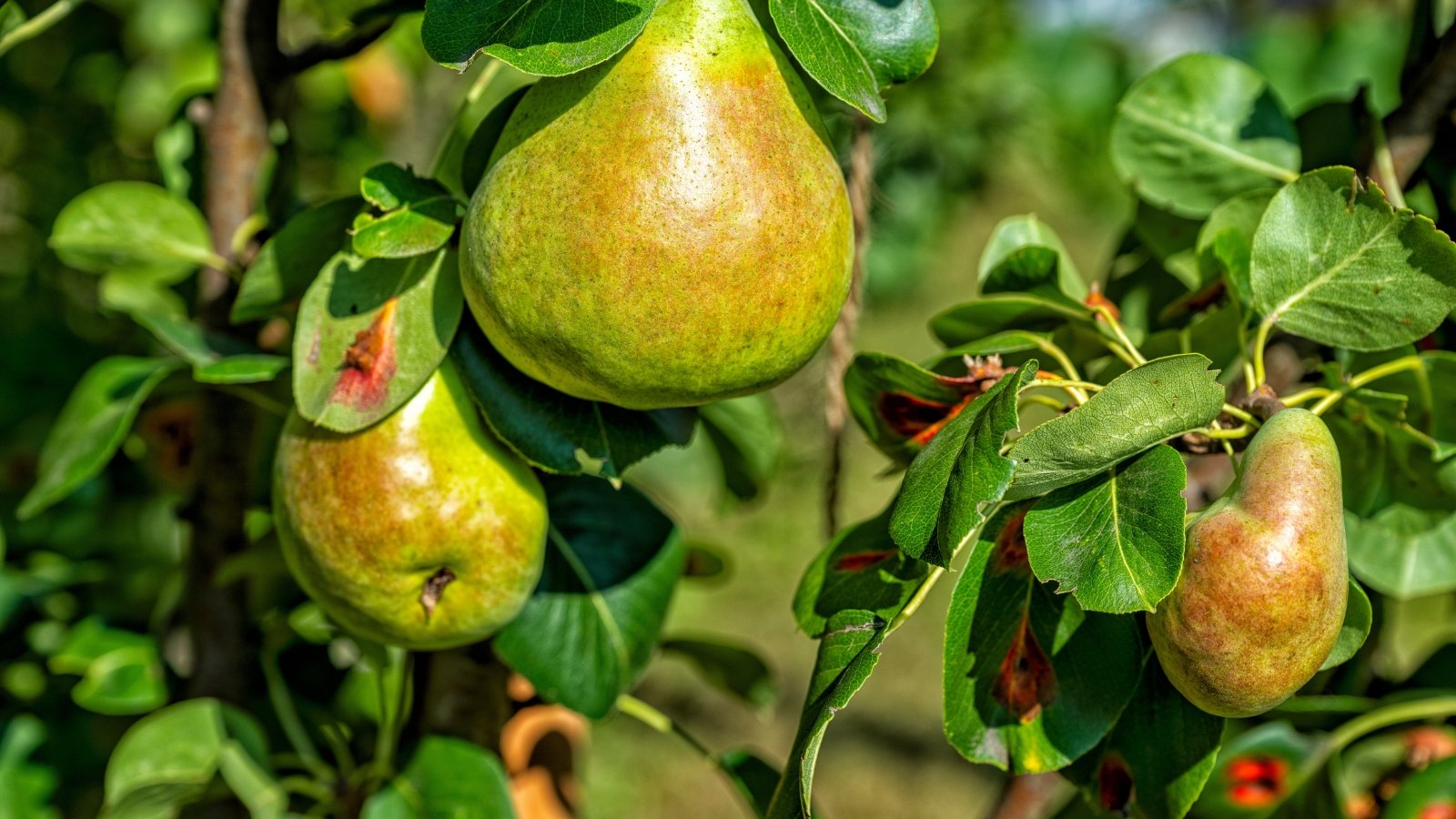

Choosing a European pear on the precise proper time is difficult. Absolutely ripe fruits don’t retailer for lengthy, so in case you wait till the fruit is completely ripe on the tree, you’ll solely have just a few days to eat it. Moreover, fruits that ripen on the tree are usually gritty in texture and subpar in taste.
As a substitute, collect these pears effectively earlier than they’re ripe. One of the best time is when they’re simply beginning to change from inexperienced to yellow, however earlier than they’re utterly yellow. They are going to nonetheless be agency presently, not tender.
Generally, there are small dots on the pores and skin, which ought to be altering from white to brown. One other signal that they’re prepared to assemble is that their pores and skin smooths out and turns into considerably waxy to the contact.
You probably have a small quantity, you possibly can depart them in your countertop, they usually’ll ripen over the following week or so. Ideally, the temperature ought to be between 60 and 70°F (16-21°C), so common room temperature works.
You probably have a big quantity, you possibly can hold them in chilly storage, the place they’ll stay of their present state for just a few months. The temperature ought to be round 32-35°F (0-2°C). You need to use your fridge for this process.
Take away your unripe pears from chilly storage as you please, transferring them to the kitchen counter the place they’ll want one other 7-10 days earlier than sustaining peak temperature and taste. Fruits might be totally ripe when utterly yellow and a tiny bit tender to the contact.
Let Asian Pears Ripen On the Tree
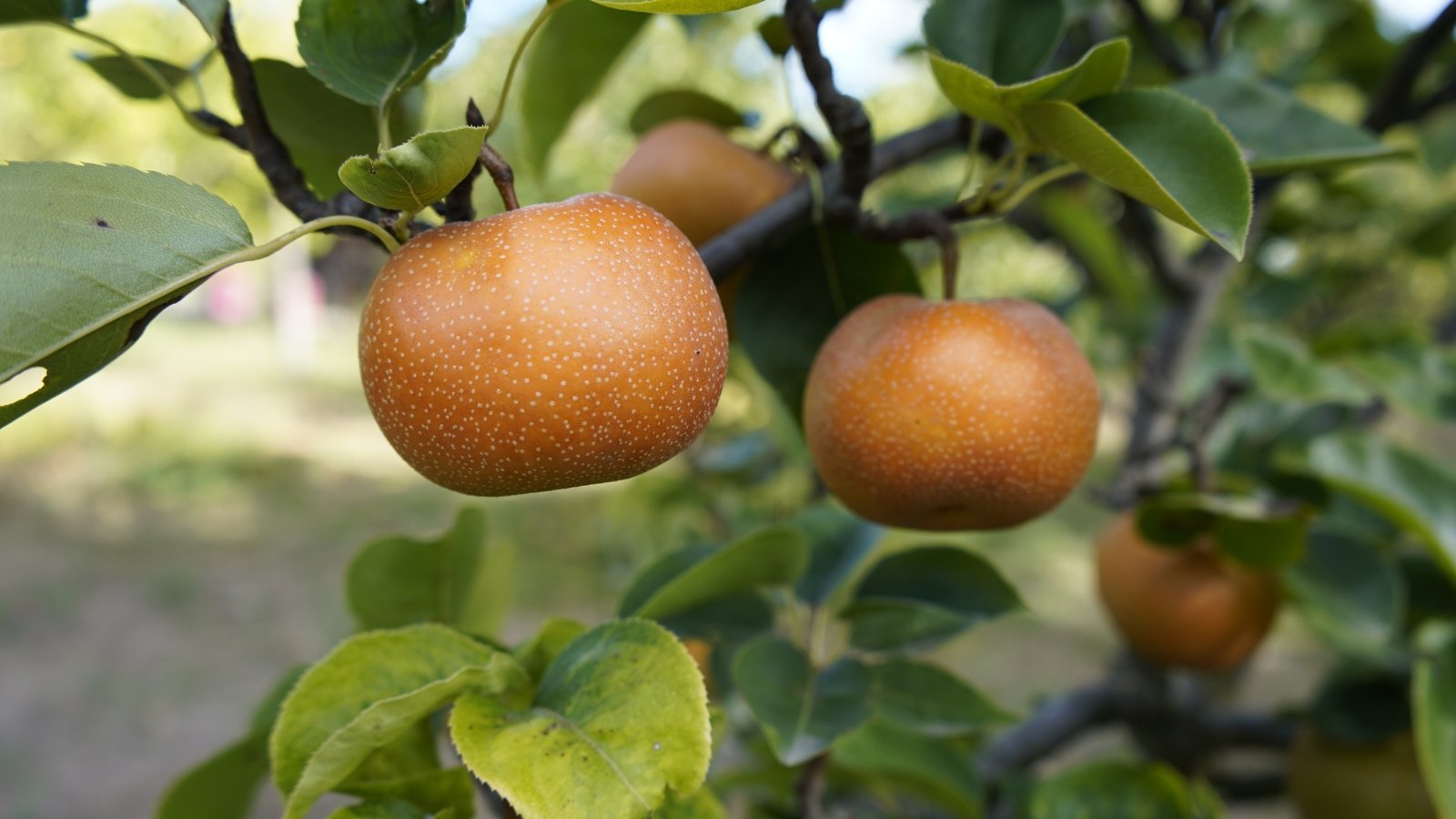

With regards to Asian sorts, a very totally different strategy is critical. These fruits ought to certainly be left on the tree till utterly ripe. There are two main indicators that they’re prepared: shade and style.
First, begin with shade. Most Asian pears will emerge inexperienced and fade to yellow, although there’s some selection between cultivars. When you see a fruit with utterly yellow pores and skin (or no matter shade the pores and skin is supposed to be to your selection), give it a style.
If the fruit is candy and crunchy with out being too laborious to chew, then it’s ripe. When you’ve discovered one ripe fruit, you possibly can assume the others on the similar shade stage are additionally prepared. You do should take a little bit of a bet right here, because it’s attainable that you simply’ll waste a pear if it’s not but candy sufficient.
Asian sorts will final about every week on the countertop at room temperature. You too can retailer them within the fridge for a few months, however their taste could strengthen over time. Some describe their taste as wine-like when allowed to retailer for too lengthy.
How one can Harvest
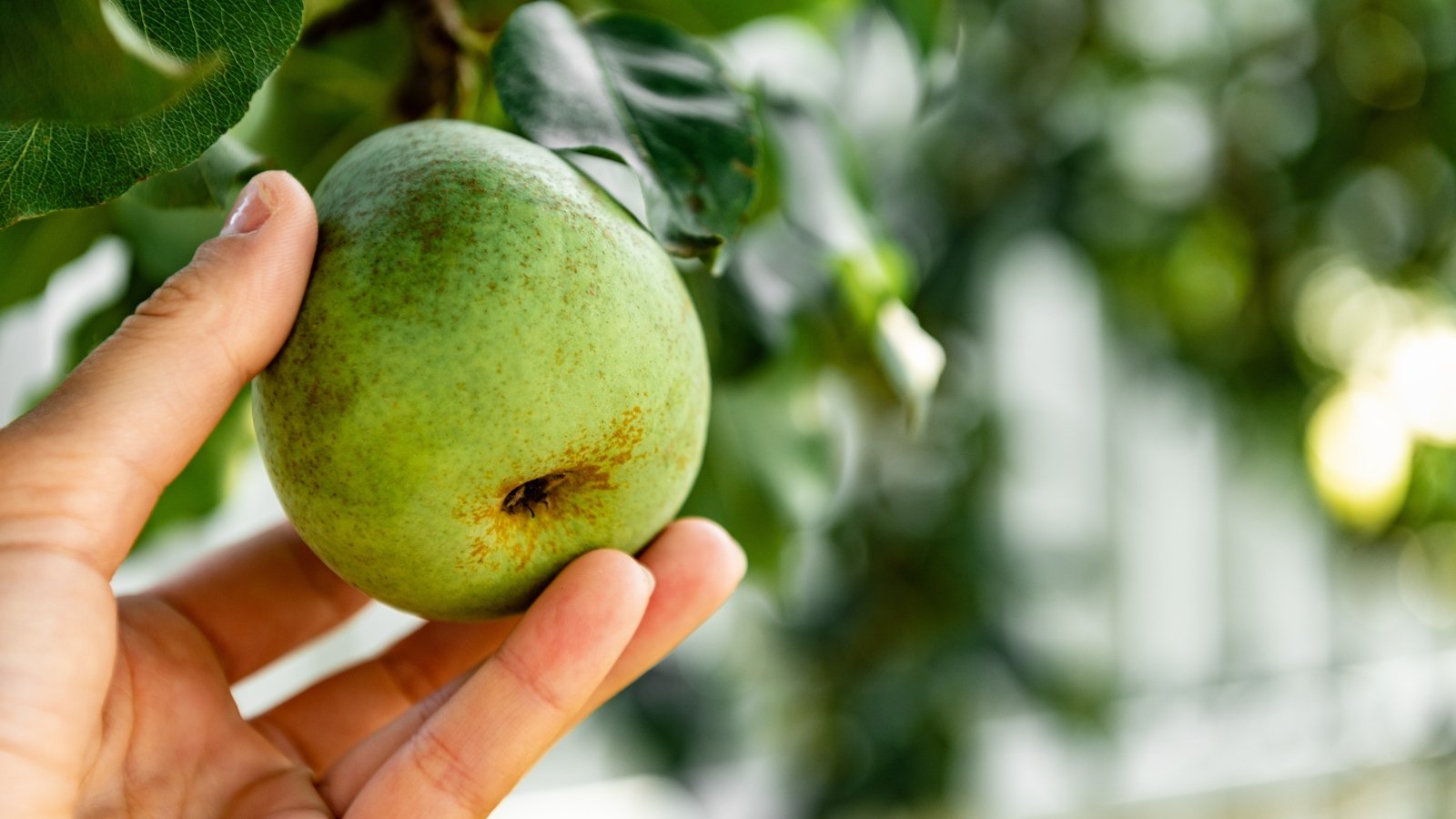

Lastly harvesting the fruits of your labor is thrilling, however in case you strategy this course of too aggressively, chances are you’ll injury the tree. Keep away from the temptation to easily yank pears off the tree. This could harm the department and even trigger unripe people to interrupt off.
As a substitute, gently grasp the fruit and twist. Proceed to roll it in your hand till the stem gently severs from the department. This may let you collect the fruit with out risking any of the others round it, which is very vital if there’s nonetheless a ton of fruit in your tree.
In the event you twist the fruit and discover that it doesn’t simply snap, then it will not be prepared but. This is a crucial factor to notice. When different indicators comparable to shade are unclear, a great way to inform if a pear is mature or not is to flip it horizontally to see if it rapidly snaps. If its stem doesn’t break, then it’s not mature. That is the case for each European and Asian varieties. The pears ought to simply snap off once they’re prepared to reap.
When gathering, watch out to not bruise or puncture the fruit, which might trigger them to decay quickly. Attempt to not scrape the pores and skin along with your nails, and don’t toss the fruit right into a basket. It’s possible you’ll be considering that just a little bruise right here and there doesn’t hassle you, however the issue is greater than aesthetic.
Bruises and nicks are what give plant pathogens entry to the fruit. Since pears are left in storage for therefore lengthy, there’s a major window of time through which pathogens can take maintain. You don’t need to provide them an straightforward entryway with a bruise, too.
Security can also be a priority when harvesting from timber. These timber can get surprisingly tall. European varieties have a tendency to succeed in 40 to 50 toes in peak, whereas Asian varieties normally attain 30 to 40 toes in peak. Extendable fruit picker instruments can actually turn out to be useful. You too can use these instruments to decrease picked fruit right into a basket as a substitute of dropping them, which might bruise the pears.
In the event you’re utilizing a ladder, follow ladder security. Make sure that the ladder is safe, preserve three factors of contact on the ladder, and at all times make certain somebody is there to observe you and regular the ladder if wanted.
Storage Suggestions
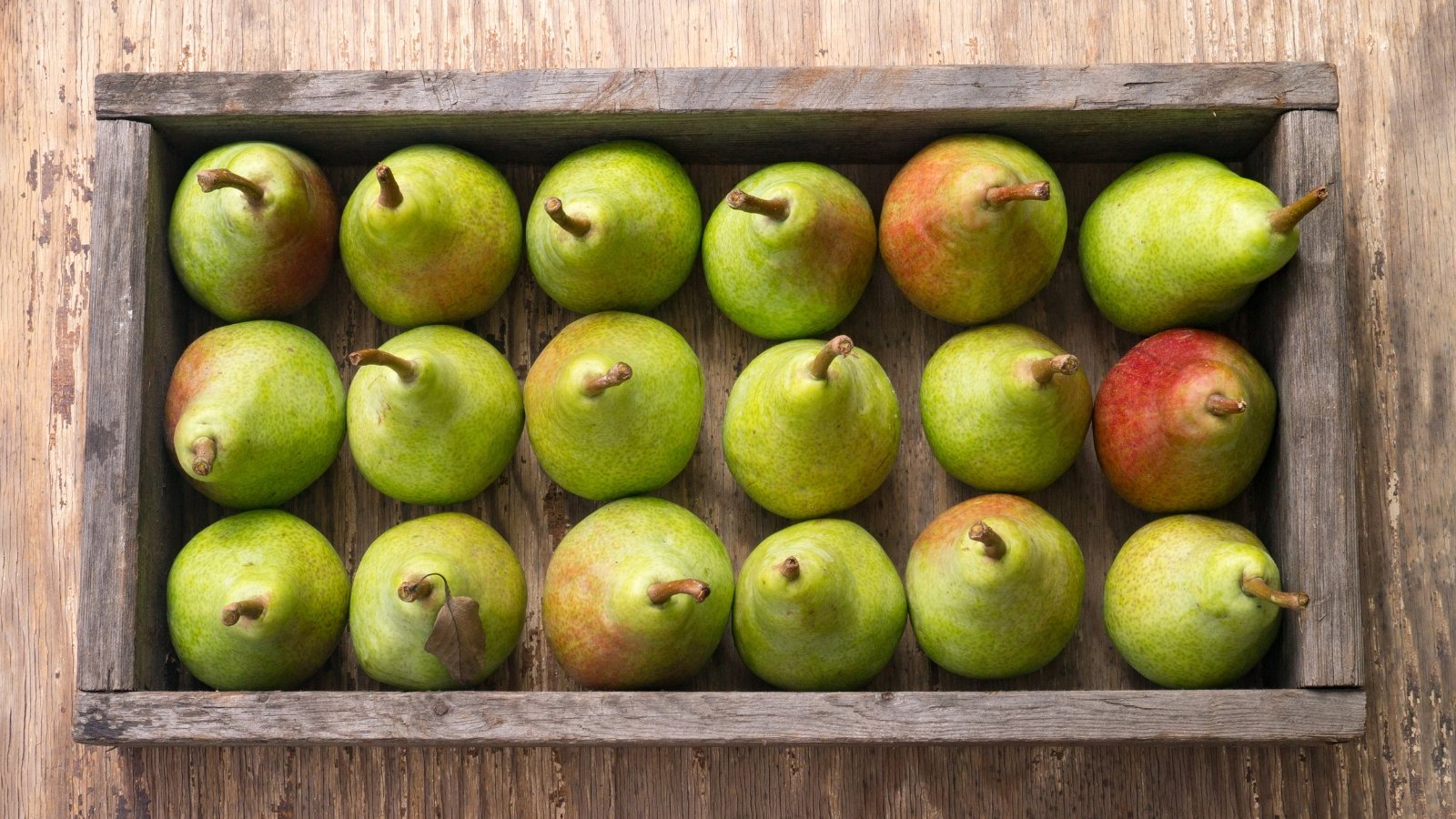

When storing, make certain the fruits have the finest air circulation attainable. If nothing else, this may increasingly imply giving every fruit its personal house as a substitute of stacking them on prime of one another. This may gradual the ripening course of and may stop bruising.
Keep away from storing with different ethylene-producing fruits, like apples, which might truly trigger them to ripen after which decay sooner. However, in case you have your pears on the counter and need them to mature sooner, then do hold them subsequent to related fruit.
Extra fruits in addition to pears and apples that produce ethylene fuel embody avocados, bananas, mangos, melons, and tomatoes. Retaining these fruits away from one another will permit them to retailer effectively for an extended period of time. They will even trigger the decay of leafy greens.
Take into account freezing your further fruit in case you have a whole lot of it. You may merely place them within the freezer entire, or you possibly can peel and minimize them first. These fruits can also effectively, permitting you to maintain them in long-term storage.
[ad_2]
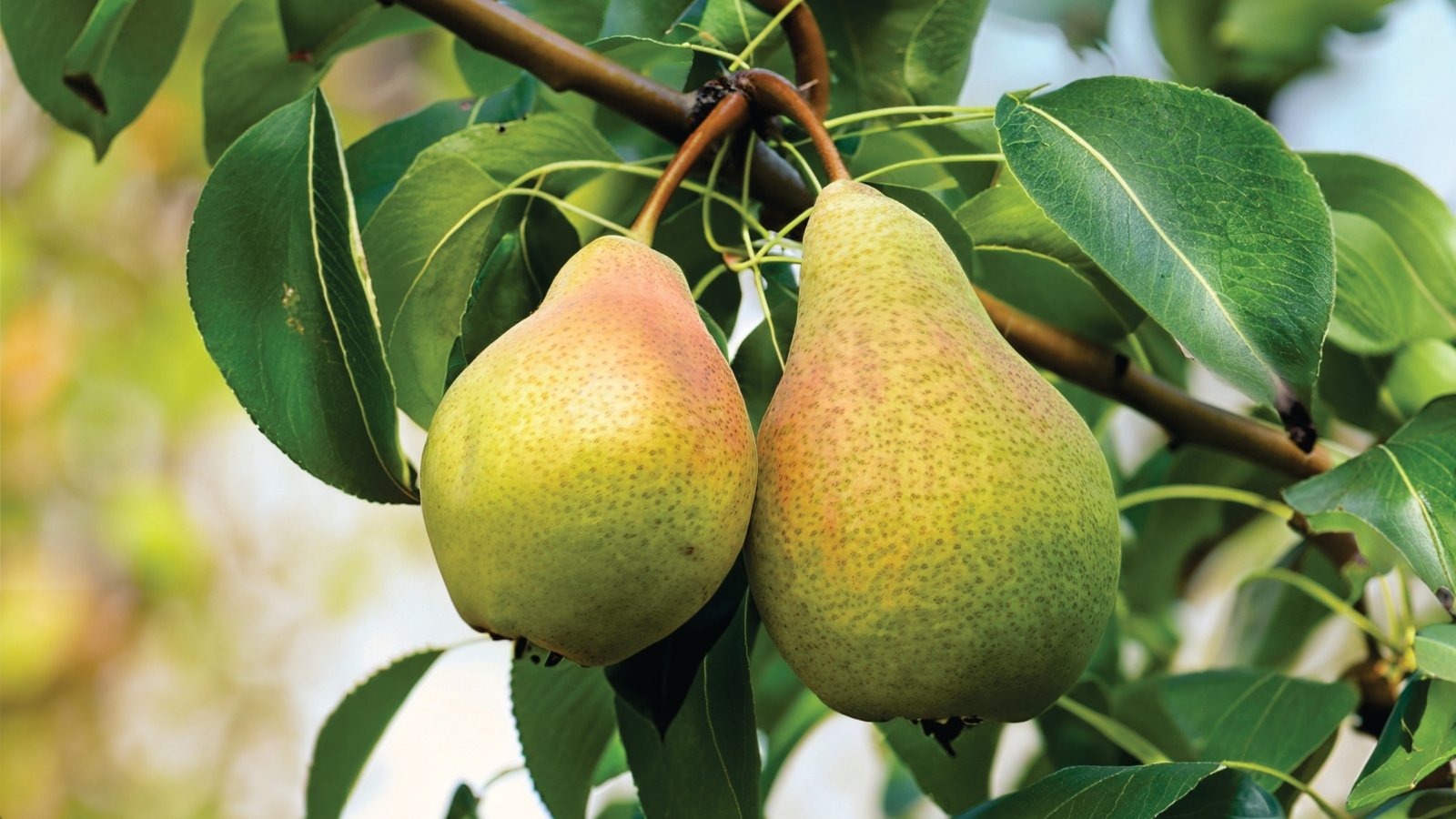
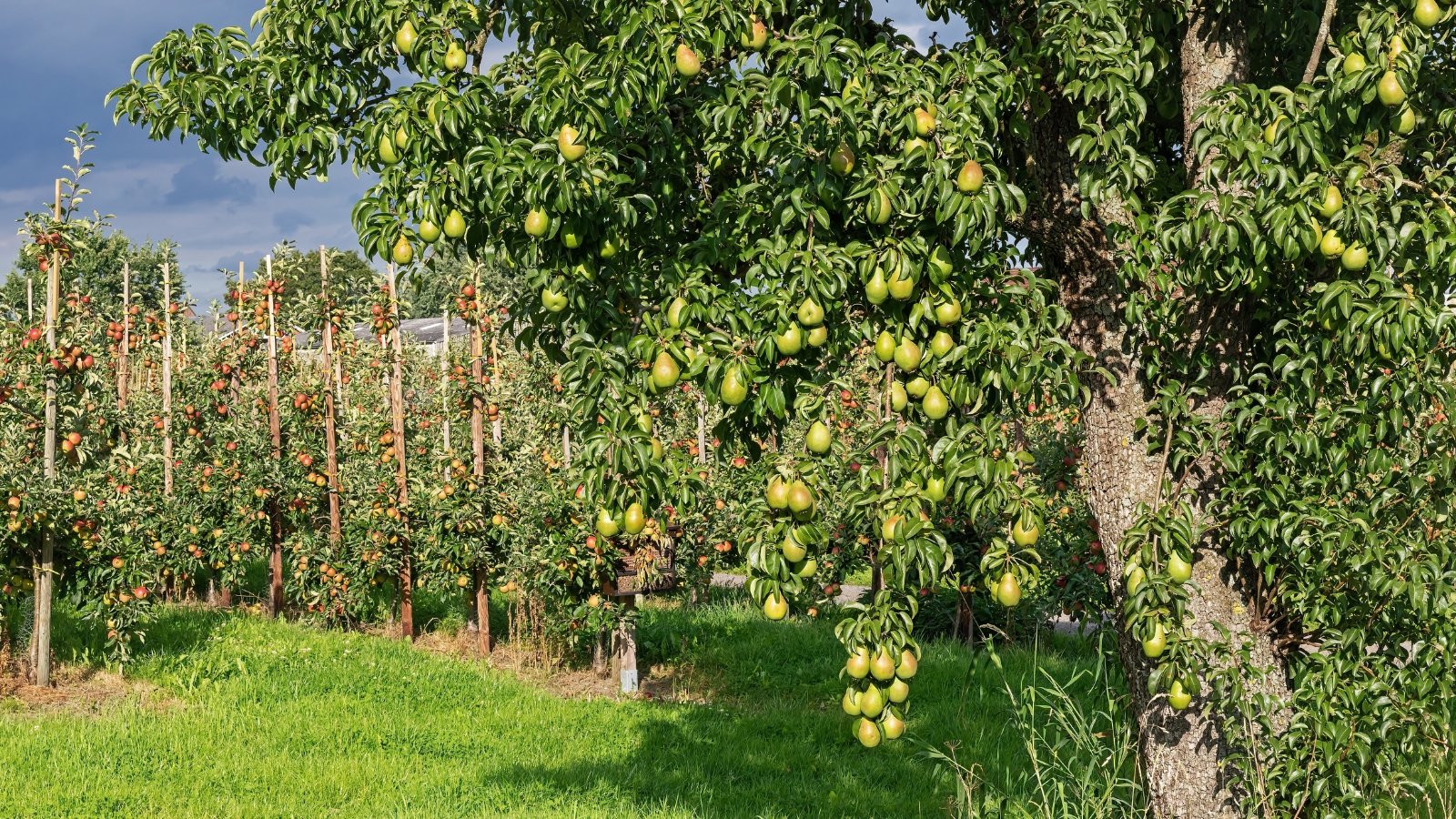
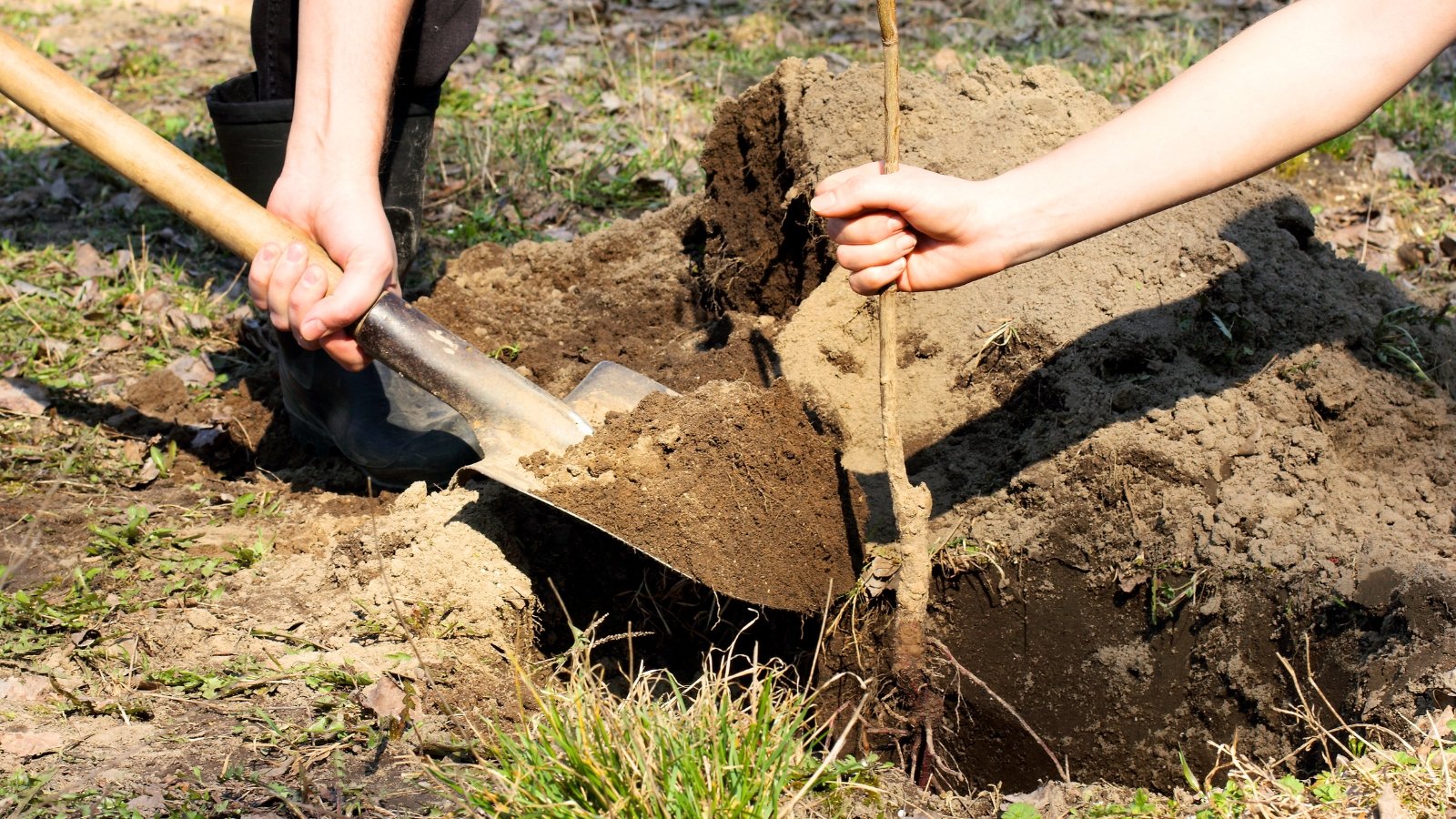
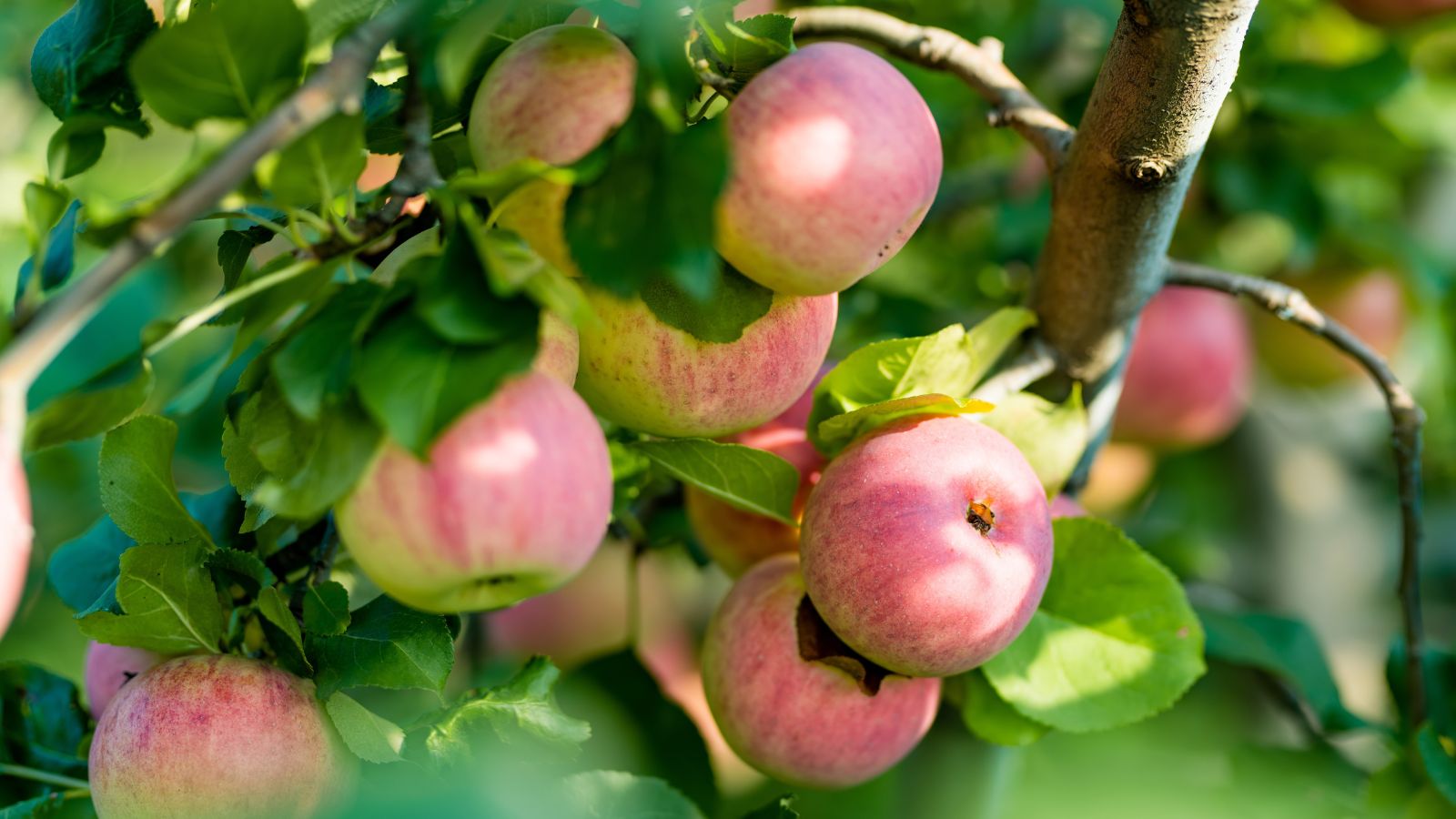
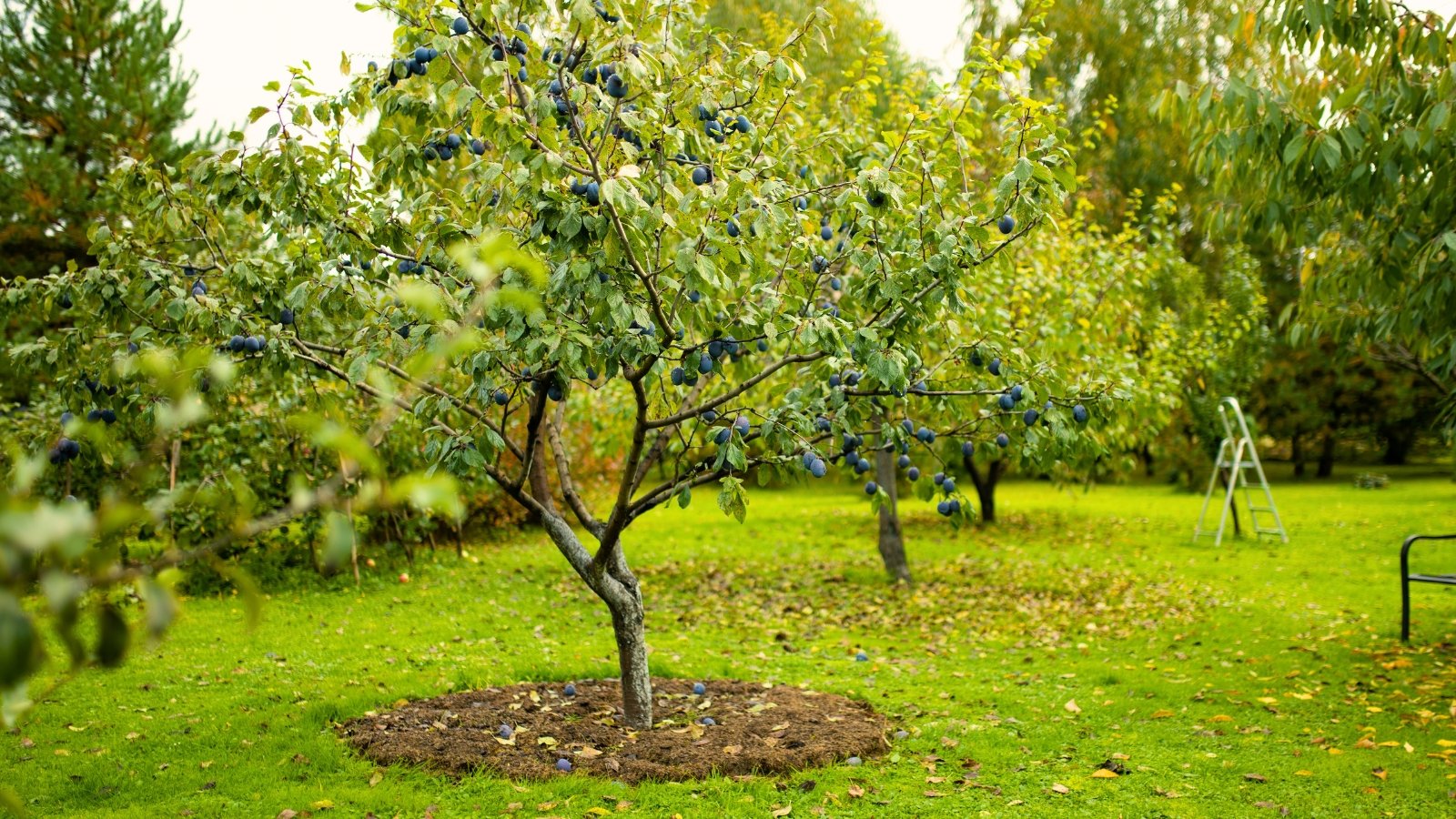
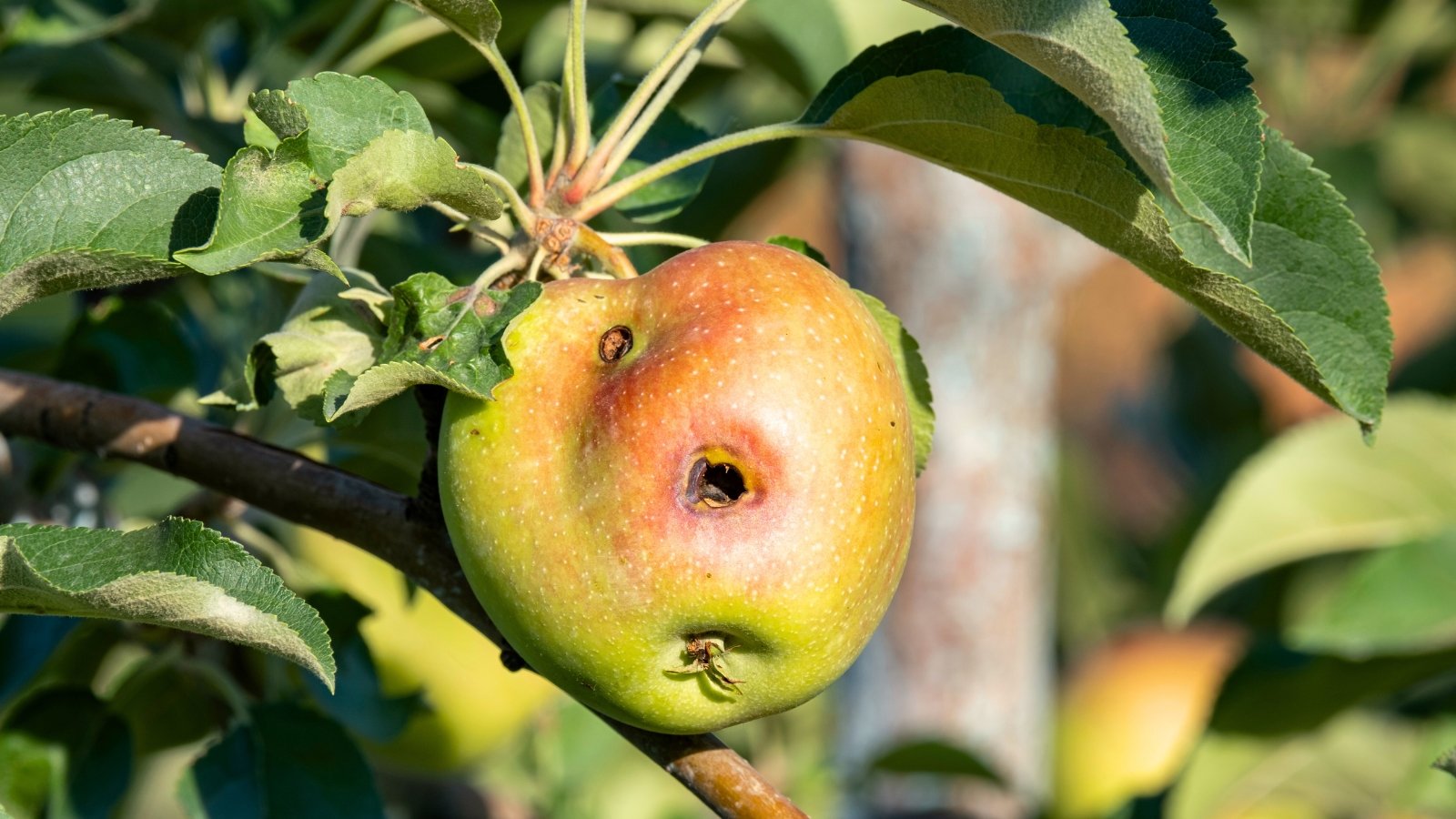
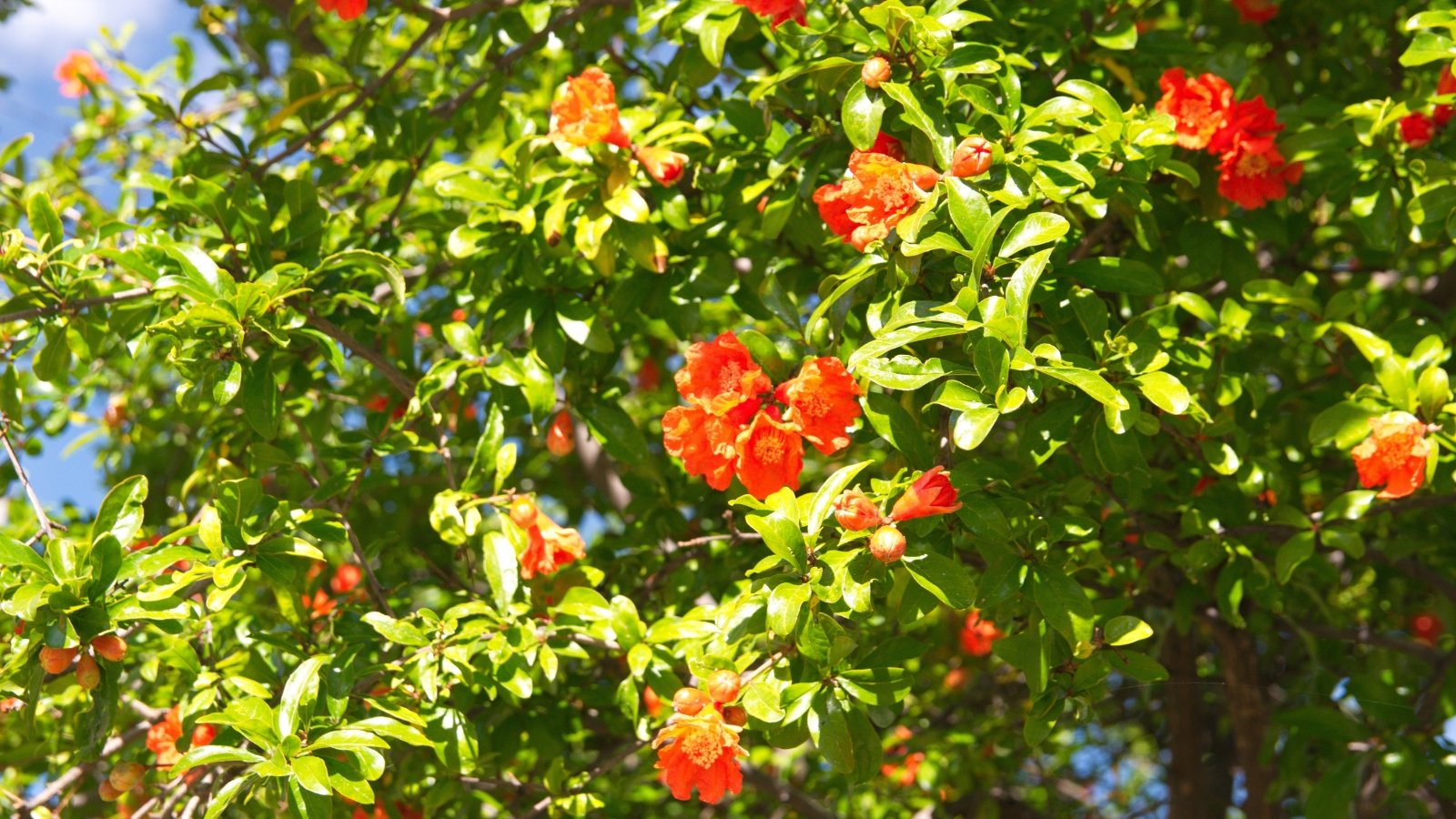
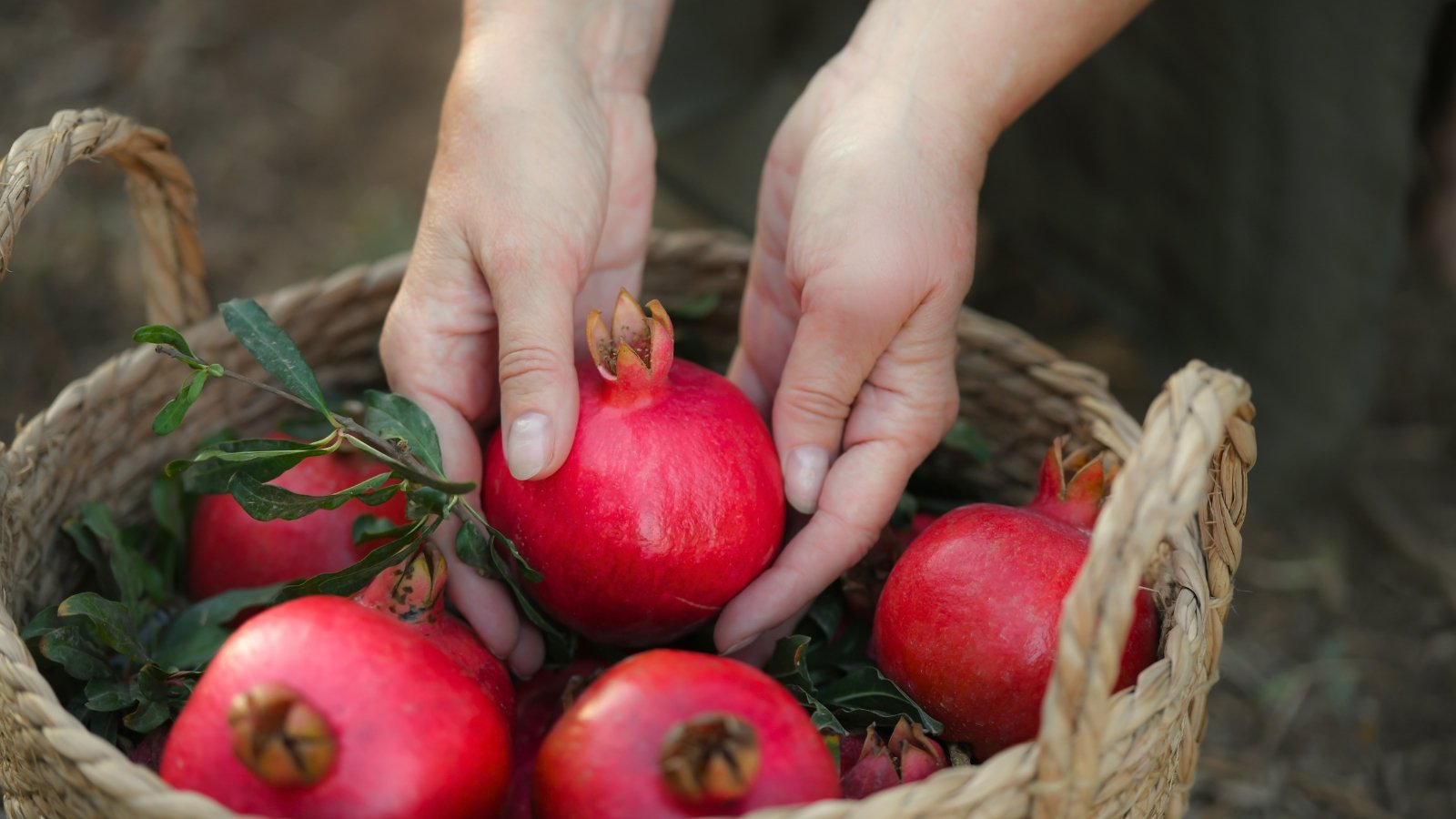
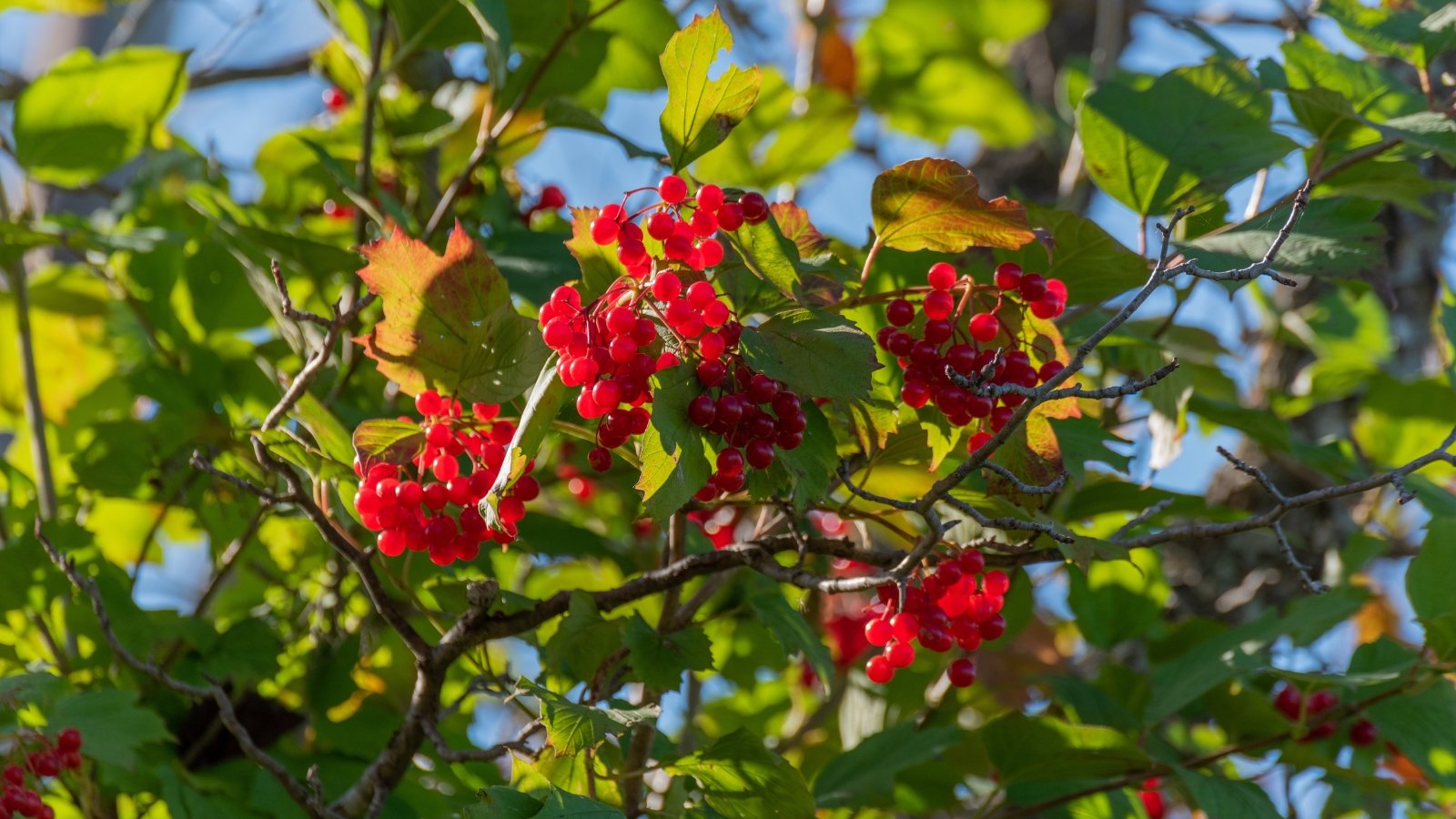
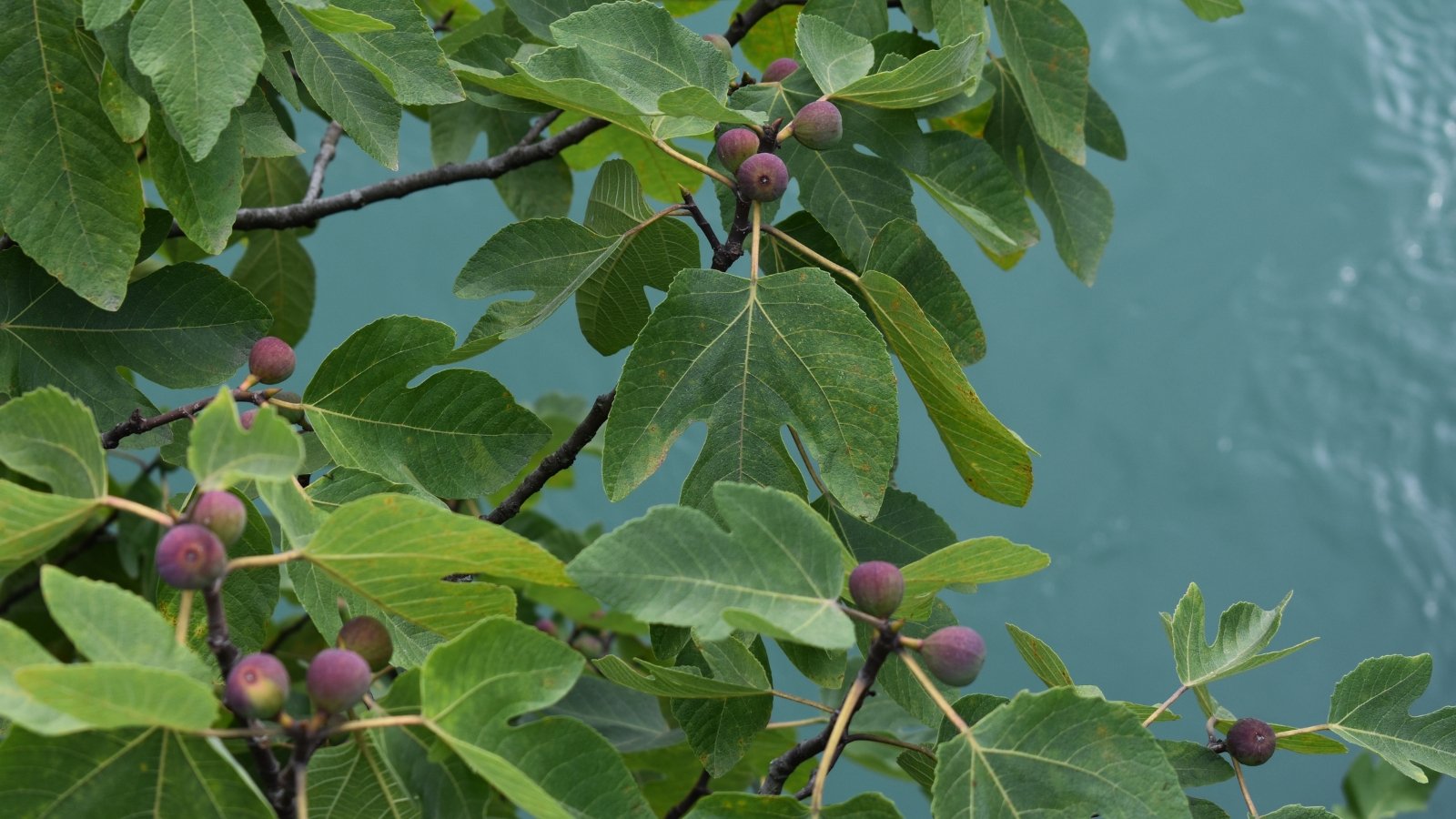
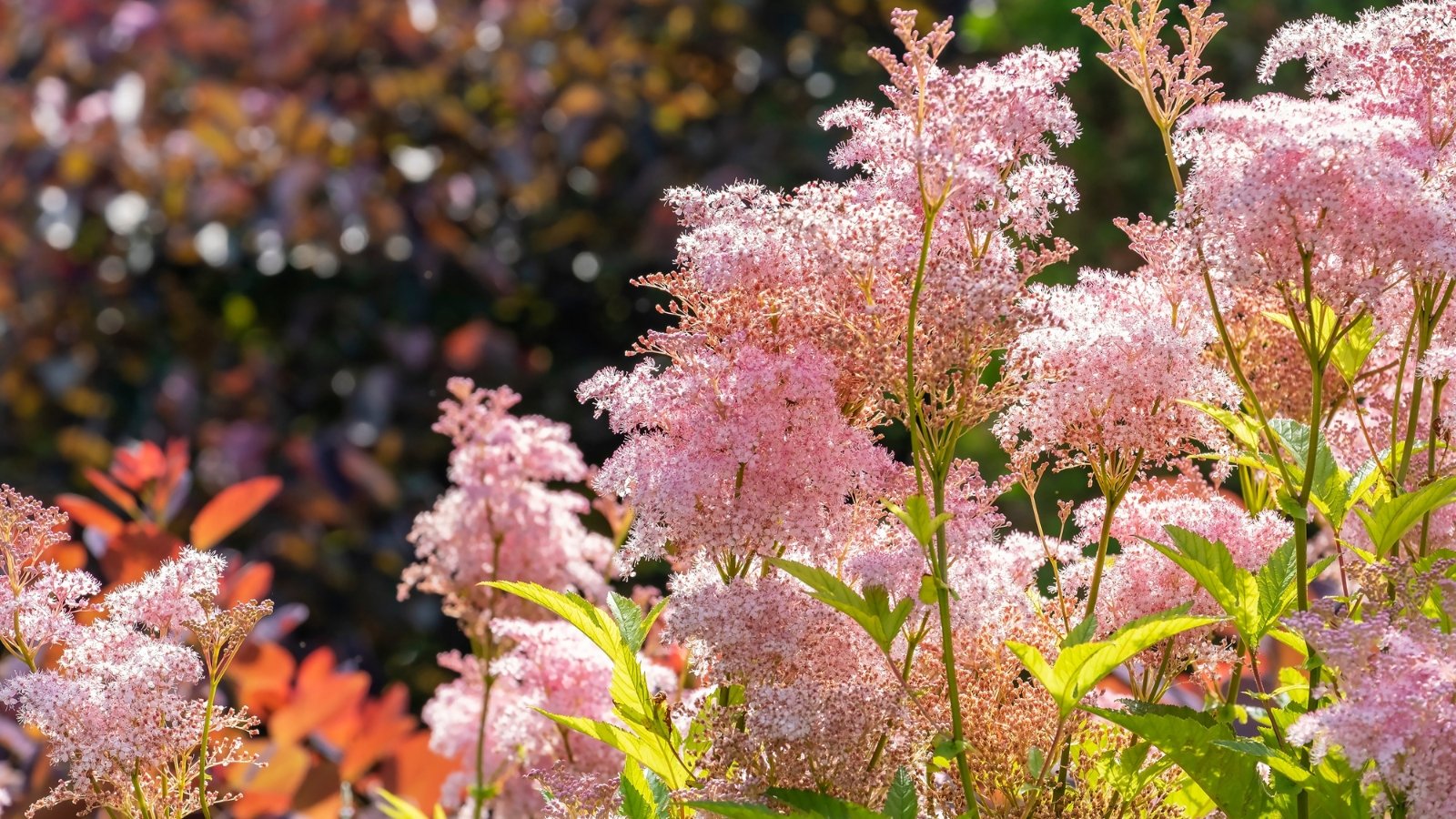

PineappleExpress
The information on how to identify when pears are ripe is particularly useful. Understanding the differences between varieties is crucial for proper harvesting and storage, making this a valuable read for those interested in gardening.